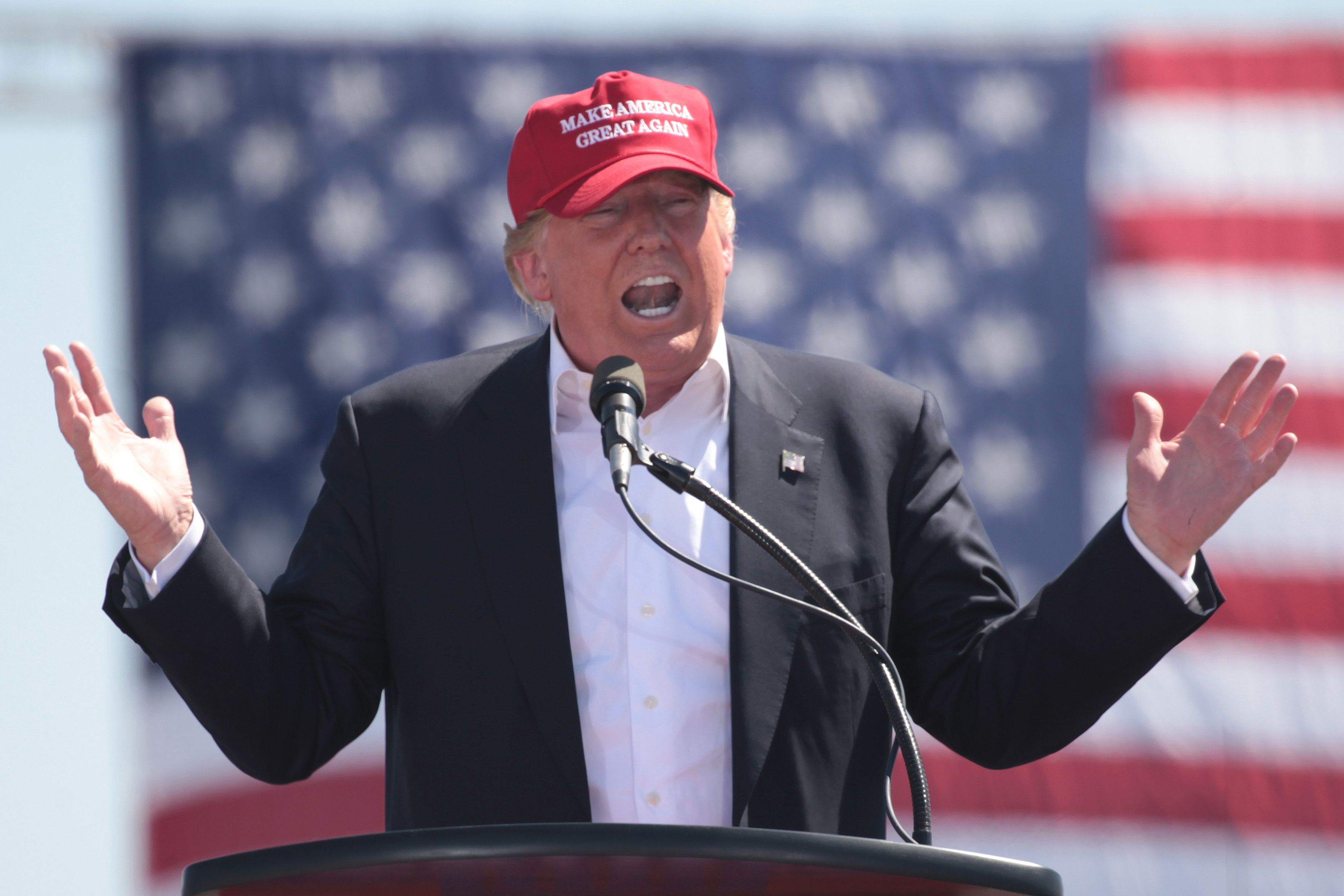Donald Trump wkurzył Latynosów. To go może kosztować zwycięstwo
Na Trumpa głosują zamożni biali mężczyźni, ludzie małego biznesu, ci mieszkający poza wielkimi miastami i tam, gdzie gospodarka się zwija. Ale wygrać mógłby tylko, gdyby poparli go biali robotnicy, a Afroamerykanie i Latynosi zostali w domu. Ci drudzy - wkurzeni atakami Trumpa na Meksykanów - poszli głosować - pisze Josh Pacewicz dla OKO.press
Kto w ogóle głosuje na tego Trumpa? To wielkie pytanie - jest tu wiele nieporozumień i przekłamań w amerykańskich mediach. Wiadomo jednak na pewno, że w grę wchodzą tylko biali wyborcy. Ksenofobiczna retoryka Trumpa wyłączyła go z obszaru zainteresowania mniejszości narodowych. Wiele sondaży wskazuje, ze chce na niego głosować dokładnie zero procent Afroamerykanów. Również wśród Latynosów poparcie dla niego jest mniejsze niż zwykle - ok. 30 proc. - dla kandydata republikanów w tej grupie etnicznej.
Kluczowa będzie frekwencja. Pierwsze wyniki wskazują, że Afroamerykanów jest w lokalach wyborczych mniej niż w 2012 roku, gdy masowo głosowali na Obamę.
Za to wyborców latynoskich poszło więcej, co nie zaskakuje, skoro Trump zaczął kampanię od nazwania imigrantów z Meksyku "gwałcicielami" i "mordercami", po czym zapowiedział budowę muru na granicy z Meksykiem. Oczekując w dodatku, że to Meksyk za to zapłaci.
Trump skupił się na zdobywaniu poparcia poparcia białych wyborców z klasy robotniczej w industrialnych stanach środkowego zachodu i tam jego notowania są najlepsze, nie licząc południa i tradycyjnego bastionu republikanów, czyli centrum kraju - stanów Ohio, Iowa, Michigan i Pensylwania. W tym centrum Trump wypada jeszcze lepiej niż zwykle republikanie.
Przeczytaj także:
Bogatsi, ale nie bogaci
W mediach “zwolennik Trumpa” jest zwykle przedstawiany jako wyborca biedny, wiejski, niewyedukowany, “biały śmieć" ("white trash”), ale sondaże tego nie potwierdzają.
Średni dochód wyborcy Trumpa w prawyborach wynosi 72 tys. dolarów rocznie, czyli więcej nie tylko niż średnia wszystkich Amerykanów, a także średnia białych Amerykanów (odpowiednio 56 tys. i 62 tys.). Trump wypada gorzej niż poprzedni republikańscy kandydaci wśród ludzi młodych i kobiet. Lepiej za to wśród ludzi starszych.
Silnym wyznacznikiem jest edukacja.Wśród lepiej wykształconych białych Trump wypada znacznie gorzej niż republikańscy poprzednicy. W 2012 r. Romney wygrał w tej grupie z Obamą z przewagą 6 proc., a Trump przegrywa z Clinton o 10 proc.
Od lat 70. XX wieku menedżerowie i ludzie biznesu stają się coraz bardziej republikańscy, za to specjaliści - coraz bardziej demokratyczni. Za Trumpa ten podział się pogłębił.
Sondaże wskazują, że Clinton przekonała do siebie ludzi bogatych (dochód ponad 100 tys. dolarów rocznie), a także bardzo bogatych (ponad milion dolarów), co jest nowym osiągnięciem Demokratów.
Podsumowując, wyborcy Trumpa to biali mężczyźni z dochodami średnimi i średnio-wyższymi, słabiej wykształceni, mieszkający na wsi i pod miastem, w regionach gdzie gospodarka się raczej zwija niż rozwija (południe, centrum i industrialny środkowy zachód).
Trump musi teraz liczyć na to, że mniejszości etniczne nie pójdą głosować - stąd republikańska strategia "wygaszania frekwencji" - a jemu uda się wygrać wśród białych robotników, z czym Republikanie mają trudności od dziesięcioleci.
Przełożył Piotr Pacewicz.

Komentarze